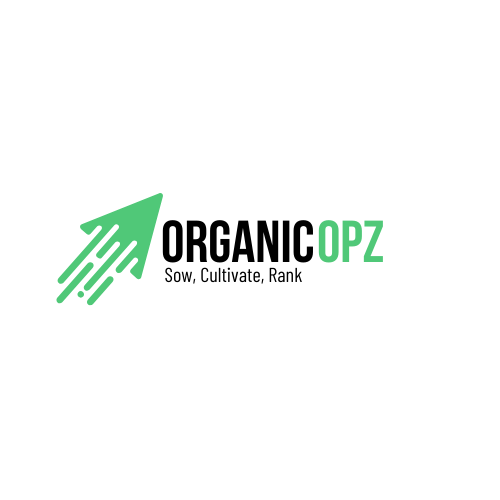The Role of UX in Organic Marketing Success
 OrganicOpz
OrganicOpzIn the digital age, organic marketing success hinges not only on reaching the right audience but also on providing them with a seamless and engaging experience. User Experience (UX) plays a pivotal role in achieving these goals. This guide explores how optimizing UX can elevate your organic marketing efforts, driving better engagement, conversion rates, and ultimately, business growth.
Why UX Matters in Organic Marketing
UX is the backbone of user satisfaction. Search engines like Google prioritize user-centric websites in their rankings, considering factors such as page load speed, mobile responsiveness, and overall usability. A positive UX encourages visitors to stay longer on your site, explore content, and take desired actions—crucial metrics for organic visibility and conversions.
Key Elements of UX That Impact Organic Marketing
Website Navigation and Structure: A clear, intuitive navigation structure helps users find information quickly and easily. This reduces bounce rates and encourages deeper engagement with your content, signaling to search engines that your site offers value.
Mobile Optimization: With a significant portion of web traffic coming from mobile devices, ensuring your site is responsive and optimized for mobile users is non-negotiable. Google's mobile-first indexing prioritizes mobile-friendly websites, making this aspect critical for organic search rankings.
Page Speed and Performance: Slow-loading pages frustrate users and impact bounce rates negatively. Optimizing page speed through techniques like image compression, minifying CSS/JavaScript files, and leveraging browser caching not only improves UX but also enhances SEO performance.
Content Readability and Accessibility: Well-structured content with clear headings, bullet points, and concise paragraphs enhances readability. Accessibility features such as alt text for images and descriptive link text not only cater to users with disabilities but also contribute positively to SEO efforts.
Visual Design and Branding Consistency: A visually appealing design that aligns with your brand identity fosters trust and credibility. Consistent use of colors, fonts, and imagery across your website reinforces brand recognition and enhances user experience.
Implementing UX Strategies for Organic Marketing Success
Conduct User Research and Testing: Gain insights into user behavior and preferences through surveys, heatmaps, and usability testing. Use these findings to refine your UX strategy and optimize key touchpoints.
Optimize Conversion Paths: Streamline the user journey from landing pages to conversion points. Clear calls-to-action (CTAs), persuasive copywriting, and frictionless checkout processes can significantly improve conversion rates.
Monitor and Iterate: Continuously monitor user metrics, such as bounce rates, time on site, and conversion rates. Use analytics tools like Google Analytics to identify areas for improvement and iterate on your UX strategy accordingly.
Conclusion
In conclusion, UX isn't just about creating a visually appealing website—it's about crafting an experience that delights users and drives organic marketing success. By prioritizing UX elements such as navigation, mobile optimization, page speed, content readability, and visual design, you can enhance user satisfaction, improve search engine rankings, and ultimately achieve your business objectives. Invest in UX, and watch as it becomes a cornerstone of your organic marketing strategy.
Subscribe to my newsletter
Read articles from OrganicOpz directly inside your inbox. Subscribe to the newsletter, and don't miss out.
Written by

OrganicOpz
OrganicOpz
Welcome to OrganicOpz, your partner in cultivating organic growth and optimizing your online presence. We specialize in personalized SEO strategies designed to help you rank higher, attract more organic traffic, and achieve long-term success in the digital landscape.